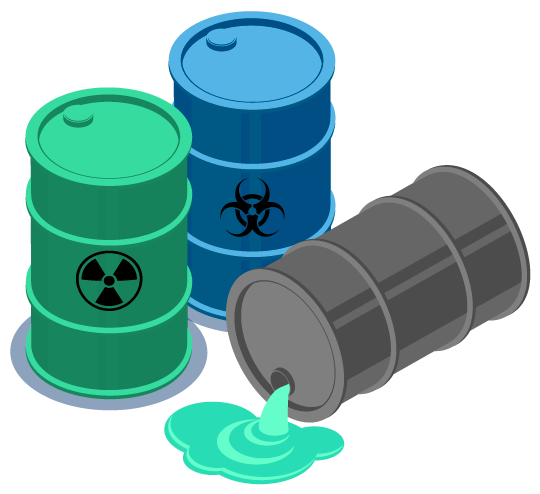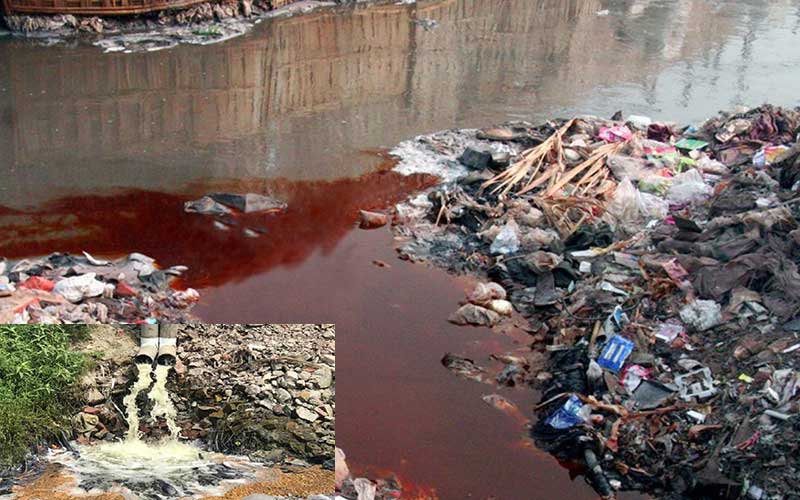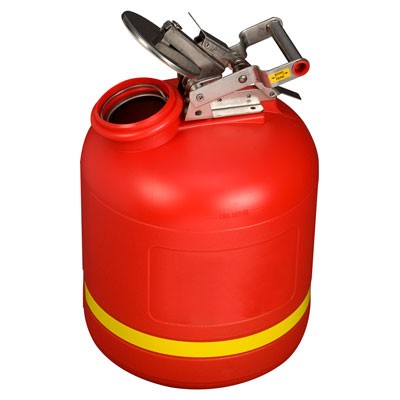Industrial Wastewater Treatment: Custom Solutions for Facility Wastewater Challenges
Industrial Wastewater Treatment: Custom Solutions for Facility Wastewater Challenges
Blog Article
How Fluid Garbage Disposal Functions: A Comprehensive Overview of Methods and Technologies Employed

Overview of Fluid Waste Types
The intricacy of liquid waste types necessitates an extensive understanding of their features and effects for disposal. Fluid waste can generally be classified into several kinds, including commercial, municipal, agricultural, and unsafe waste. Each category displays unique properties, requiring details management approaches to mitigate ecological and health and wellness risks.
Industrial liquid waste originates from manufacturing procedures and usually has a variety of pollutants, such as hefty metals, solvents, and organic substances. Community fluid waste, primarily consisting of wastewater from households and industrial establishments, consists of raw material, nutrients, and virus (industrial wastewater treatment). Agricultural liquid waste, consisting of runoff from farms, might contain plant foods, pesticides, and pet waste, presenting risks to water top quality and environments
Dangerous liquid waste is identified by its toxicity, reactivity, or prospective to cause damage. Recognizing these diverse liquid waste kinds is vital for creating efficient disposal approaches and guaranteeing conformity with environmental policies.
Physical Therapy Techniques

Testing is the first action, where bigger fragments and particles are eliminated from the liquid waste utilizing screens or grates. This process protects downstream equipment from damages and makes sure smoother operation. Adhering to testing, sedimentation uses gravitational force to separate solids from fluids. In sedimentation containers, much heavier bits work out at the bottom, creating a sludge layer, while the made clear fluid can be additional treated.
Filtering is another essential approach that includes passing the fluid with porous products, such as sand or membranes, to record smaller particles. This action enhances the top quality of the liquid, making it ideal for subsequent treatment procedures.

Chemical Treatment Strategies
Chemical treatment strategies are vital for effectively taking care of liquid waste, specifically in dealing with dissolved and colloidal pollutants that physical techniques might not appropriately get rid of. These methods use various chemical representatives to reduce the effects of, speed up, or transform unsafe materials right into much less unsafe types.
One common method is coagulation and flocculation, where chemicals such as alum or ferric chloride are included in advertise the gathering of suspended bits. This procedure enhances sedimentation, enabling for less complicated removal of the resulting sludge. In addition, oxidation procedures, employing agents like chlorine or ozone, are used to damage down intricate natural compounds and microorganisms, providing the waste safer for discharge or additional therapy.
Neutralization is an additional crucial method, which readjusts the pH of acidic or alkaline waste streams to neutral degrees, preventing prospective damage to downstream systems and the setting. In addition, advanced oxidation processes (AOPs) use mixes of oxidants and ultraviolet light to weaken persistent contaminants, achieving a higher level of treatment efficiency.
Biological Treatment Procedures
Biological therapy procedures play a crucial duty in the management of liquid waste by utilizing microorganisms to disintegrate raw material and decrease click over here pollutant degrees. These procedures can be generally classified right into anaerobic and cardio treatments, each using specific microbial communities to achieve reliable waste go to these guys destruction.
Cardio therapy involves the use of oxygen to facilitate the breakdown of natural products by bacteria. This process is frequently carried out in triggered sludge systems, where aeration tanks give a helpful atmosphere for microbial growth, leading to the oxidation of natural toxins. The resultant biomass can be separated from treated effluent via sedimentation.
In contrast, anaerobic treatment occurs in the lack of oxygen, counting on different microorganisms to break down raw material. This method is especially beneficial for high-strength waste, as it generates biogas, a renewable resource source, while lowering sludge manufacturing. Technologies such as anaerobic digesters are often utilized in metropolitan and industrial applications.
Both anaerobic and cardio biological treatments not just lessen the environmental influence of liquid waste but additionally help with source healing, making them important components of lasting waste monitoring methods. Their performance, efficiency, and flexibility support their prevalent implementation across numerous sectors.
Emerging Technologies in Disposal
Ingenious strategies to liquid waste disposal are swiftly evolving, driven by innovations in modern technology and an enhancing focus on sustainability. Amongst these emerging technologies, membrane bioreactors (MBRs) have actually obtained grip for their ability to incorporate biological treatment with membrane layer purification, resulting in top notch effluent that can be recycled in various applications. MBRs enable smaller sized footprints and much more effective procedures compared to traditional systems.
One more appealing advancement is using anaerobic food digestion incorporated with nutrient recuperation modern technologies, which not only deals with fluid waste yet likewise produces biogas and recuperates useful nutrients like nitrogen and phosphorus. This twin advantage improves source effectiveness and decreases environmental impact.
Additionally, advanced oxidation procedures (AOPs) are being taken on for the destruction of complex organic toxins. These methods utilize effective oxidants and stimulants to damage down pollutants at the molecular level, providing a very efficient solution for tough waste streams.
In addition, the assimilation of expert system and artificial intelligence in waste management systems is maximizing functional efficiency and anticipating upkeep, resulting in reduced expenses and improved ecological compliance. These modern technologies show a considerable change in the direction of more sustainable and reliable fluid garbage disposal practices.
Verdict
In final thought, reliable fluid garbage disposal necessitates a comprehensive understanding of different techniques and innovations. The visit their website assimilation of physical, chemical, and biological therapy methods makes certain the effective monitoring of diverse waste types. Additionally, the development of ingenious modern technologies improves therapy efficacy and advertises sustainability in waste management methods. By continually advancing these techniques, it becomes feasible to attend to the expanding challenges connected with liquid waste, ultimately contributing to environmental protection and source recovery.
Liquid waste disposal is an important aspect of environmental administration, calling for a thorough understanding of various techniques and technologies tailored to different waste types. Liquid waste can extensively be categorized into numerous types, including industrial, community, agricultural, and dangerous waste. Agricultural liquid waste, including overflow from farms, may include fertilizers, pesticides, and animal waste, posing risks to water top quality and ecosystems.
Various physical therapy techniques play a vital function in taking care of fluid waste successfully - industrial wastewater treatment.In final thought, effective fluid waste disposal necessitates a comprehensive understanding of various strategies and modern technologies
Report this page